Understanding the 0.01uF Capacitor: Specs, Uses, and Selection
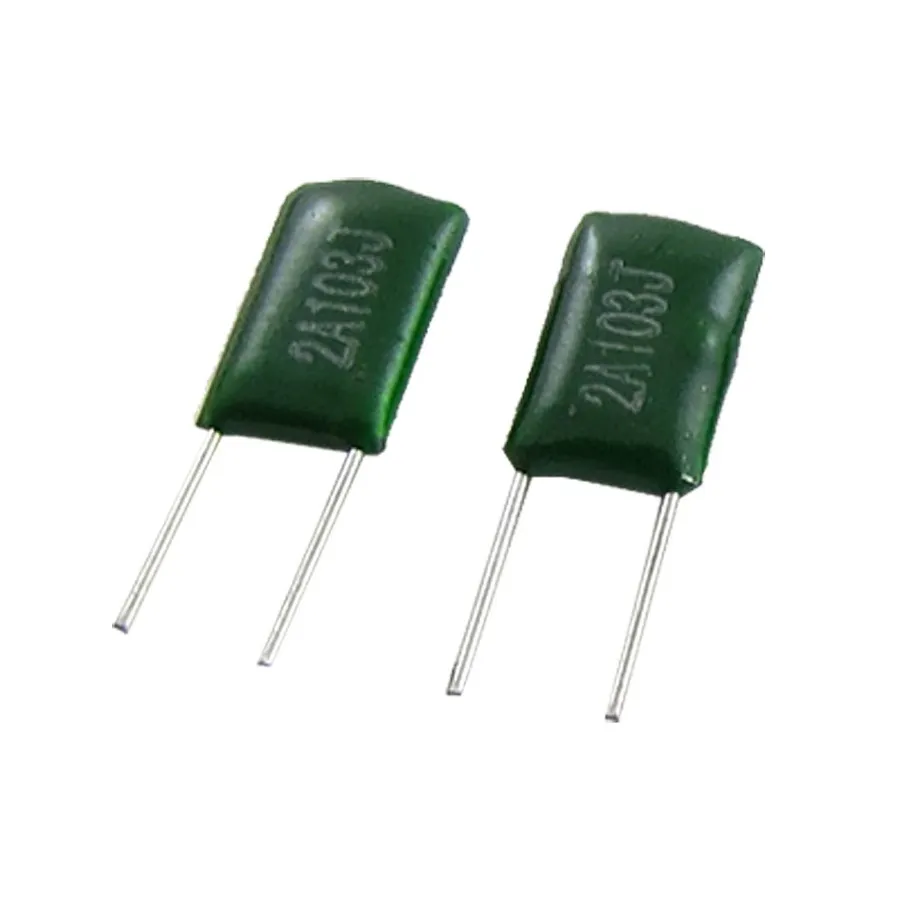
In the intricate world of electronics, the 0.01uF capacitor might seem like a small component, but it plays a crucial role in many circuits, think of it as the unsung hero of electronics. Just like a tiny bridge in a massive city, it facilitates smooth energy flow within devices. Whether you're a hobbyist or a professional engineer, understanding the nuances of a 0.01uF capacitor is vital. This guide will demystify this essential component, explaining its various types, applications, and selection criteria, all centered around the ubiquitous 0.01uf capacitor.
What is a 0.01uF Capacitor?

A 0.01uF capacitor is an electronic component that stores electrical energy in an electric field. The value '0.01uF' denotes its capacitance, which is the measure of its ability to store charge, expressed in microfarads (uF). In practical terms, a 0.01uF capacitor is a relatively small capacitor, often used in circuits where small amounts of energy storage or signal filtering are required.
The fundamental unit of capacitance is the farad (F), named after Michael Faraday. One farad is defined as the capacitance of a capacitor that, when charged with one coulomb of electricity, has a potential difference of one volt between its plates. Because the farad is a large unit, it's more common to see capacitance values expressed in microfarads (uF), where 1 uF = 10^-6 F. A 0.01uF capacitor therefore has a capacitance of 0.00000001 farads.
In electronic circuits, 0.01uF capacitors function by accumulating electrical charge on their internal conductive plates, separated by a dielectric material. This ability to store and release electrical energy makes them crucial for a variety of applications, including bypassing, filtering, coupling and timing. In simpler terms, it can block the low-frequency current and pass the high-frequency current. The size of the capacitance determines how much charge is stored and thus its effectiveness in a circuit.
Key Characteristics of 0.01uF Capacitors
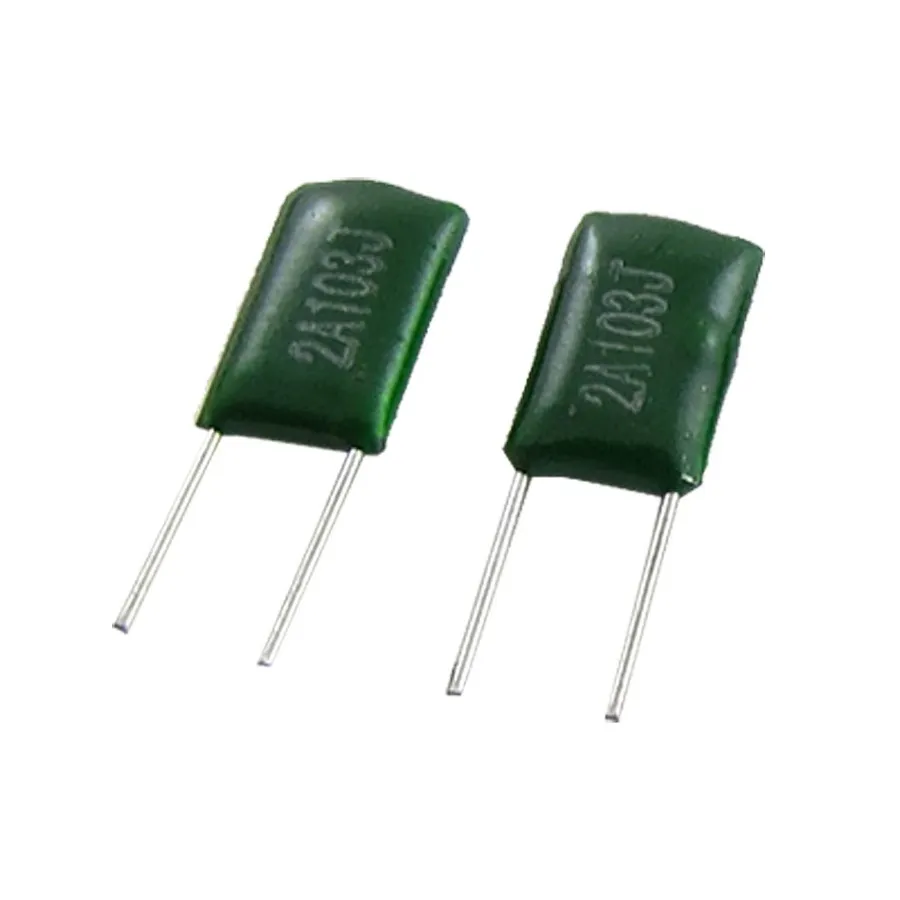
Understanding the key characteristics of a 0.01uF capacitor is crucial for its proper application in electronic circuits. These characteristics dictate how the capacitor will perform under various conditions and within different circuit designs. The most critical parameters include voltage rating, tolerance, and temperature coefficient.
| Characteristic | Description | Typical Values for 0.01uF Capacitor | Importance |
|---|---|---|---|
| Capacitance | The ability of the capacitor to store electrical charge. | 0.01uF (or 10nF) | Fundamental parameter; must match circuit requirements. |
| Voltage Rating | The maximum voltage that can be safely applied across the capacitor. | Varies widely; typically from 16V to thousands of volts | Exceeding can lead to capacitor failure. |
| Tolerance | The allowed deviation of the actual capacitance from the nominal value. | ±5%, ±10%, ±20% | Affects circuit precision; tighter tolerance needed for accurate timing applications |
| Temperature Coefficient | The change in capacitance with temperature. | Varies significantly with material; typically expressed in PPM/°C | Critical for circuits operating over a wide range of temperatures. |
| Dissipation Factor (DF) | Measure of energy loss within the capacitor due to internal resistance. | Typically 0.001-0.02 for ceramic, 0.0001 to 0.01 for film. | Important for high-frequency applications and filtering effectiveness; lower DF means less power loss. |
| Equivalent Series Resistance (ESR) | The total internal resistance of the capacitor; affects performance at higher frequency. | Varies based on capacitor type and construction. | ESR is crucial at high frequencies, especially in decoupling applications. |
| Insulation Resistance | The resistance of the dielectric material to current leakage. | Measured in megaohms, typically very high, can decrease with temperature. | Indicates quality of the dielectric and leakage. |
Types of 0.01uF Capacitors
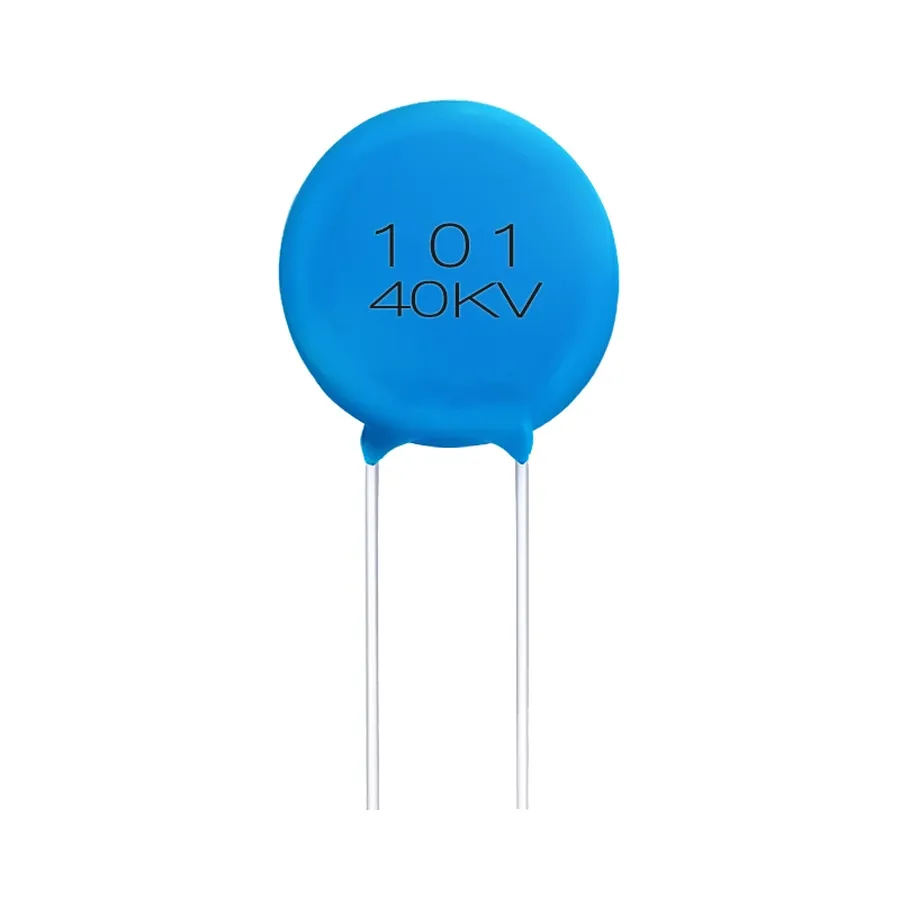
Capacitors with a 0.01uF capacitance value are available in a variety of types, each with its own unique characteristics and ideal applications. The selection of the appropriate type is crucial for optimal circuit performance. Common types include ceramic disc, film (including mylar and polypropylene), and safety capacitors.
| Capacitor Type | Dielectric Material | Typical Applications | Advantages | Disadvantages |
|---|---|---|---|---|
| Ceramic Disc | Ceramic | General purpose, decoupling, bypass | Small size, low cost | Lower precision, temperature sensitive |
| Film (Mylar) | Polyester film | Timing circuits, general purpose | Good temperature stability, higher precision | Larger size, more expensive than ceramic |
| Film (Polypropylene) | Polypropylene film | High frequency circuits, precision timing | Excellent stability and low losses | Larger size, sensitive to high temperatures |
| Safety Capacitors | Various, often ceramic or film | Line filtering, noise suppression | Designed for safety critical applications | Specific safety ratings, may be more expensive |
Ceramic vs. Film Capacitors for 0.01uF
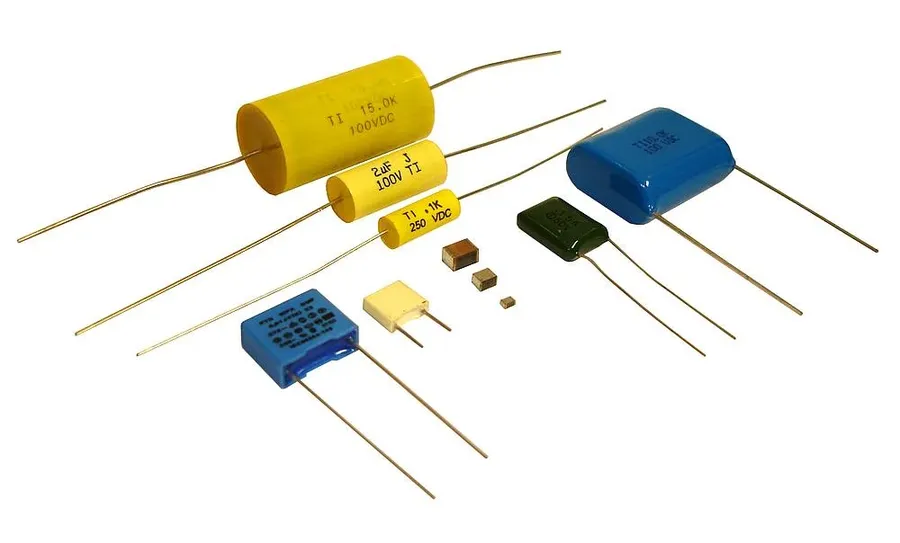
When selecting a 0.01uF capacitor, the choice between ceramic and film types is crucial and depends heavily on the application's specific requirements. Both capacitor types offer distinct advantages and disadvantages that must be carefully considered to optimize circuit performance and reliability.
| Feature | Ceramic Capacitors (0.01uF) | Film Capacitors (0.01uF) |
|---|---|---|
| Capacitance Stability | Can be highly sensitive to temperature and voltage changes, especially Class II and Class III ceramics. | More stable capacitance with respect to temperature and voltage variations. |
| Accuracy & Tolerance | Generally have wider tolerances (e.g., ±10%, ±20%) but can be made to be more accurate at an increased cost. | Typically offer tighter tolerances (e.g., ±1%, ±2%, ±5%). |
| Temperature Coefficient | Varies significantly; can have large capacitance drift over temperature range. | Typically have lower temperature coefficients, ensuring better capacitance stability with varying temperature. |
| Voltage Handling | Available in a wide range of voltage ratings; but higher rated ceramics are physically larger. | Available with different voltage ratings, often with film being the preferred option for high voltage applications |
| Frequency Response | Generally exhibit good high-frequency performance; may have resonance issues. | Better high-frequency performance than ceramics with lower ESR (Equivalent Series Resistance) |
| Size and Form Factor | Typically smaller and more compact; suited for high-density boards. | Generally larger for the same capacitance and voltage ratings. |
| Cost | Generally lower cost, especially for general-purpose applications. | Typically more expensive than ceramic capacitors. |
| Applications | Widely used in decoupling, bypass, and general-purpose circuits where high accuracy and stability are not critical. | Suitable for precision circuits, filters, audio applications, and high-stability requirements. |
| Lifespan | Can degrade over time, especially when exposed to high temperatures or voltage stress. | Generally have longer lifespans and are less susceptible to degradation from temperature and voltage. |
Applications of the 0.01uF Capacitor
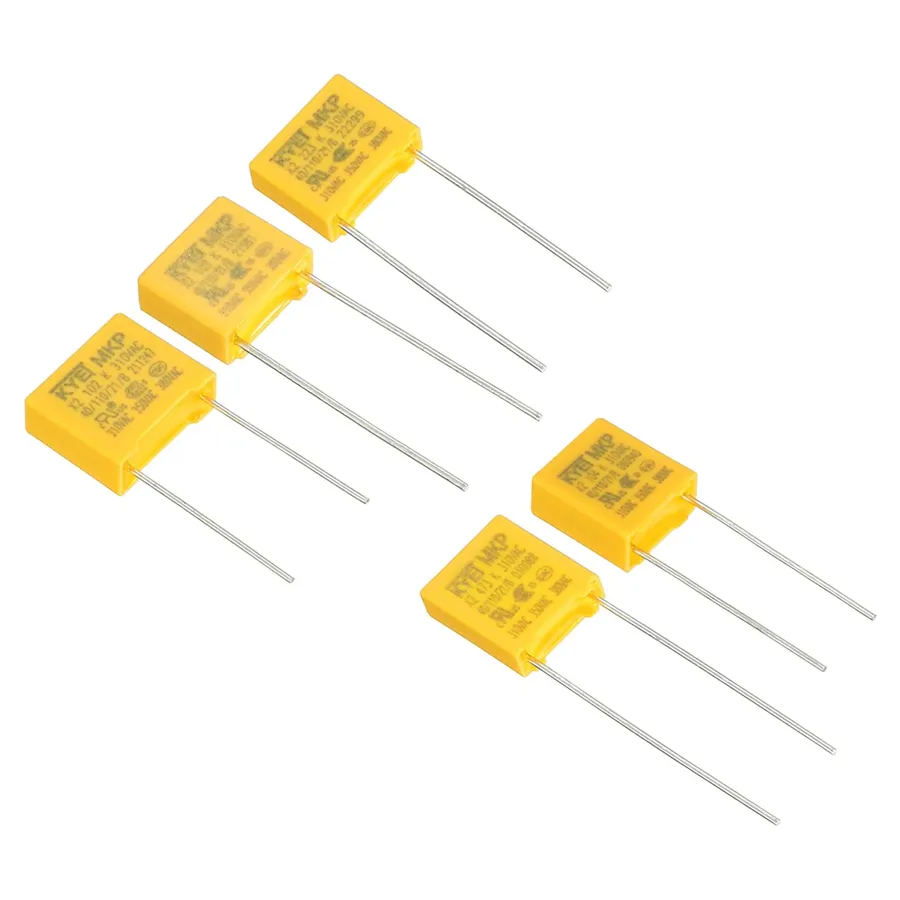
The 0.01uF capacitor, while seemingly small in capacitance, plays a vital role in various electronic circuits. Its primary functions revolve around controlling and shaping electrical signals by storing and releasing energy. This capability allows for its deployment in decoupling, filtering, bypass, and timing applications. The specific application dictates the capacitor's configuration within the circuit.
- Decoupling
In decoupling applications, the 0.01uF capacitor is placed close to integrated circuits (ICs) to suppress high-frequency noise and voltage fluctuations on the power supply line. This ensures a stable power supply to the IC, preventing erratic behavior and improving overall circuit reliability. These capacitors act as local energy storage, delivering current when the IC's demand increases. - Filtering
As a filter, the 0.01uF capacitor, often in conjunction with other components like resistors, forms circuits that attenuate unwanted frequencies. They can be used in low-pass, high-pass, or band-pass filter configurations, allowing specific frequency ranges to pass through while blocking others. This is particularly useful for removing noise from analog signals or shaping the frequency response of audio or communication circuits. - Bypass
In bypass applications, the 0.01uF capacitor is used to shunt unwanted AC signals to the ground, thus preventing them from propagating through a particular part of the circuit. This often serves as a signal path to ground for high-frequency signals that might otherwise interfere with the performance of the circuit. Bypass capacitors work in parallel to an existing circuit element. - Timing
The 0.01uF capacitor can be incorporated into timing circuits, such as oscillators and pulse generators, where its charging and discharging characteristics are utilized to create time-dependent electrical signals. The value of 0.01uF allows for very precise timing, especially in high-frequency scenarios. The RC time constant defined by the resistance and capacitance determines the time-dependent nature of the circuit.
Selecting the Right 0.01uF Capacitor
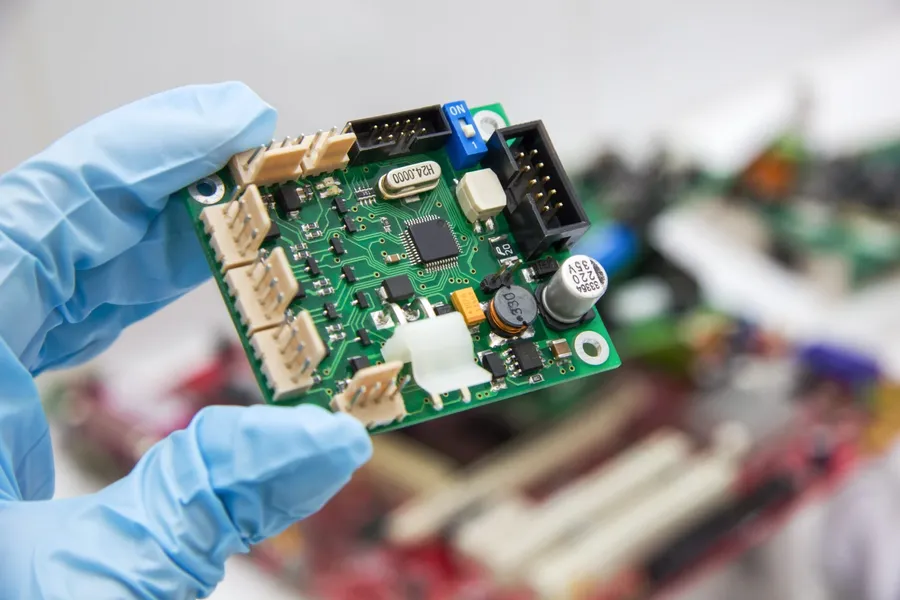
Choosing the appropriate 0.01uF capacitor for a specific application is crucial for ensuring circuit performance and reliability. This selection process involves careful consideration of several key parameters based on the requirements of the circuit where the capacitor will be employed.
The selection process is not merely about matching capacitance; it encompasses ensuring the capacitor can handle the expected electrical stresses and environmental conditions.
| Parameter | Description | Selection Considerations |
|---|---|---|
| Voltage Rating | The maximum voltage the capacitor can withstand without failure. | Must exceed the maximum voltage expected in the circuit. A safety margin is recommended to account for transients or spikes. |
| Temperature Coefficient | How much the capacitance changes with temperature. | Choose a capacitor with a low-temperature coefficient for stable performance across operating temperatures, particularly in environments with temperature fluctuations. |
| Tolerance | The allowable deviation of the actual capacitance from the nominal value. | Select a capacitor with a tolerance appropriate for the application. Tighter tolerances are needed for timing or precision circuits, while less critical applications may tolerate larger variances. |
| Capacitor Type | The dielectric material used in the capacitor (e.g., ceramic, film). | Consider ceramic capacitors for high-frequency applications (e.g. decoupling) and film capacitors where precision and stability are more important (e.g. timing circuits). |
| Size/Package | Physical dimensions and form factor of the capacitor. | Select a size and package compatible with the space available on the circuit board or within the assembly, considering surface mount vs. thru-hole requirements. |
| ESR (Equivalent Series Resistance) | The internal resistance of the capacitor, which affects its performance at high frequencies. | For high-frequency applications, such as decoupling or filtering, select a capacitor with a low ESR to minimize losses and heat generation. |
| Frequency Response | How the capacitor's impedance varies with frequency | Choose the capacitor with impedance appropriate for the frequency range of the signal being handled. For example, ceramic capacitors perform well at high frequencies. |
By evaluating these parameters, engineers can effectively select a 0.01uF capacitor that meets the specific needs of their circuit design and operational context, ensuring performance, longevity and safety.
0.01uF Capacitor Markings and Codes
Identifying a 0.01uF capacitor involves understanding the various marking systems used by manufacturers, which typically include numerical codes, alphanumeric codes, and sometimes color codes. These markings provide crucial information about the capacitor's capacitance value, tolerance, and voltage rating.
Capacitor markings can vary based on the component type (ceramic, film, etc.) and the manufacturer’s practices. However, a fundamental understanding of these codes allows for accurate identification and proper usage.
- Numerical Markings
Capacitance is often indicated using a three-digit code. The first two digits represent the significant figures of the capacitance value, and the third digit represents the multiplier (power of 10). For a 0.01uF capacitor, this is commonly expressed as 103, where '10' represents the value 10, and '3' represents the multiplier, 10^−3. So, 10 * 10^-3 means 10 * 0.001, which equals 0.01uF. - Alphanumeric Codes
Some manufacturers use alphanumeric codes to represent capacitance values, tolerance, and voltage ratings. For example, a code such as '10nJ' or '10nK' might represent 10 nF, where 'n' means nano Farads, 'J' is typically ± 5% tolerance, and 'K' might represent ± 10% tolerance. - Color Codes
While less common on modern capacitors, color bands are sometimes used to indicate capacitor characteristics. A specific color-coded system is used in some older or specific capacitor types. Each color band is given a numerical value and is interpreted in sequence to derive the capacitance value. - Tolerance Markings
Tolerance is shown with a letter code. 'J', 'K', and 'M' denote ±5%, ±10%, and ±20% tolerance, respectively, and these letters often follow the capacitance marking. - Voltage Ratings
Voltage ratings may be indicated with a number followed by a letter. For instance, 100V, 250V, and 630V are common values. These markings indicate the maximum voltage the capacitor is rated for and should not be exceeded.
Frequently Asked Questions About 0.01uF Capacitors
This section addresses common questions regarding 0.01uF capacitors, providing clear and concise answers to help you understand their usage, characteristics, and alternatives.
- What exactly is a 0.01uF capacitor?
A 0.01uF (microfarad) capacitor is an electronic component designed to store electrical charge. It has a capacitance value of 0.01 microfarads, which is equal to 10 nanofarads (nF) or 10,000 picofarads (pF). This small capacitance value makes it suitable for applications where high-frequency filtering and decoupling are needed. The capacitor's ability to store charge and release it rapidly makes it essential in many electronic circuits. - Is a 0.1uF capacitor the same as 100nF?
Yes, a 0.1uF capacitor is equivalent to a 100nF capacitor. The prefix 'u' denotes micro, where 1 microfarad (uF) is equal to 1000 nanofarads (nF). Therefore, 0.1uF is equal to 0.1 * 1000nF = 100nF. These two notations are often used interchangeably within the electronics field. Understanding unit conversions is crucial for component selection and circuit design. - What is the typical code for a 0.01uF capacitor?
Capacitor coding varies depending on the manufacturer and type. Typically, for a 0.01uF ceramic capacitor, the code might include '103', which represents 10 x 10^3 pF, or 10,000 pF, which is equal to 0.01uF. Film capacitors may use different notations. Always refer to the manufacturer’s datasheet to verify the marking system, as this is not universally standardized. Color codes are typically used to identify the voltage or tolerance in some capacitor types. - Is it acceptable to use a capacitor with a lower uF value than specified?
Using a capacitor with a lower uF value than specified can result in altered circuit performance. For example, a 0.001uF capacitor instead of a 0.01uF may cause reduced filtering efficiency or a shift in the timing of the circuit. Capacitance affects impedance, and changing it can lead to unexpected behavior, including signal degradation or malfunction of your circuit. It's usually best to stick to the specified value, or use a slightly higher value, but never lower, to maintain optimal performance, unless verified by calculations. - Can I replace a 0.01uF capacitor with a different type, and are there performance trade-offs?
While it is often possible to replace a 0.01uF capacitor with another type, such as ceramic for film, you should consider the performance tradeoffs. Ceramic capacitors are smaller and lower in cost, but may have less precise values and temperature drift compared to film capacitors. Film capacitors offer better stability and accuracy, but are larger and can be costlier. The application requirements should always be considered when selecting replacement capacitors. For example, you would probably not use a ceramic capacitor for a high-precision analog circuit. - What are the common voltage ratings for 0.01uF capacitors, and how do they affect their use?
Common voltage ratings for 0.01uF capacitors vary and can range from a few volts to several hundred volts, depending on the type and application. Ceramic capacitors for example, often have low voltage ratings (e.g., 25V or 50V) and may be used in signal processing or digital circuits. Film capacitors may have higher voltage ratings suitable for power decoupling and filtering. Always select a capacitor with a voltage rating that meets or exceeds the maximum voltage that your circuit will experience, to prevent damage and ensure safe operation. - Where are 0.01uF capacitors most commonly used?
0.01uF capacitors are frequently used in decoupling and bypass applications, particularly for integrated circuits (ICs). They are employed in filtering high-frequency noise and improving power supply stability. You will find them in digital circuits, microcontrollers, and audio equipment for their effectiveness at blocking high frequency noise signals from reaching the main power supply. Their value makes them particularly useful for noise reduction and timing purposes where a small value is necessary. They are also commonly used in general purpose and consumer electronics.
Safety Considerations When Using 0.01uF Capacitors
Working with 0.01uF capacitors, like any electronic component, requires careful attention to safety. While seemingly small, these capacitors can store electrical energy, and improper handling can lead to component damage, circuit malfunction, or even personal injury. Understanding voltage limits, safe discharge procedures, and general handling practices is crucial.
- Voltage Limits
Always ensure that the applied voltage does not exceed the capacitor's rated voltage. Exceeding the voltage rating can cause dielectric breakdown, potentially leading to capacitor failure, overheating, and even explosions in extreme cases. Refer to the capacitor's datasheet for its maximum voltage rating, which is typically specified in volts (V) and is essential for safe operation. - Discharge Before Handling
Capacitors store electrical charge, and even a small 0.01uF capacitor can retain a dangerous voltage if charged. Before handling any 0.01uF capacitor, especially after it has been in a circuit, ensure that it is completely discharged. Use a high-value resistor to slowly discharge it, avoiding a direct short circuit, which could damage the capacitor. - Handling Precautions
Avoid applying excessive physical force to the capacitor leads, as this can cause internal damage or lead to the leads breaking off, making the capacitor unusable. When soldering, do not overheat the capacitor body, as it could alter its electrical properties or cause damage. Use appropriate tools and techniques for soldering to ensure a secure and lasting connection. - Static Electricity Sensitivity
Some capacitors, especially multilayer ceramic capacitors (MLCC), can be sensitive to electrostatic discharge (ESD). Employ proper ESD handling practices, such as grounding yourself before handling these components, and use ESD-safe storage containers when storing capacitors to prevent damage. - Circuit Protection
Consider incorporating over-voltage and over-current protection in circuits where 0.01uF capacitors are used, adding an extra layer of safety. This will help prevent damage to the capacitor or other circuit components in the case of a fault.
The 0.01uF capacitor may be a small component, but its role in electronics is significant. From decoupling power supplies to filtering signals, the 0.01uf capacitor is used widely in electronic design. By understanding its characteristics, types, applications, and selection criteria, you're better equipped to use this versatile component effectively and safely, and remember to always verify the correct specs and ratings when working with the 0.01uf capacitor for your projects, ensuring reliable performance and avoiding potential issues.
 AnyPCBA
AnyPCBA